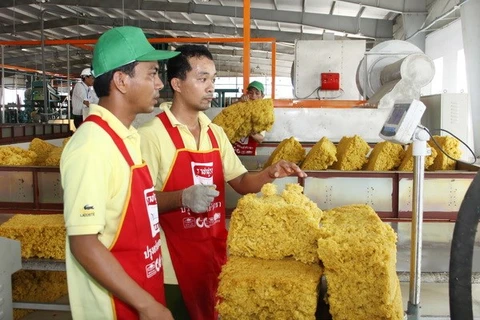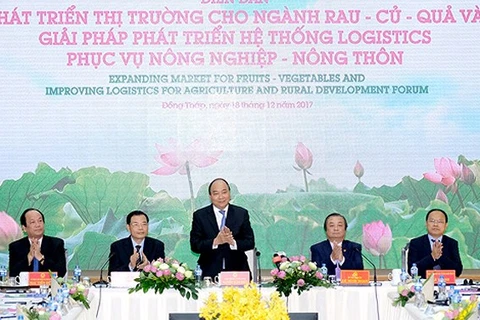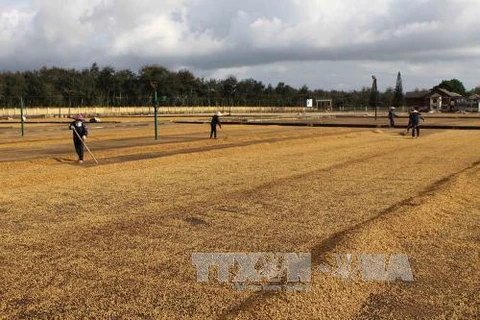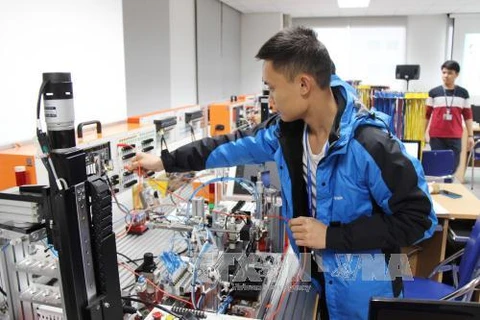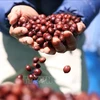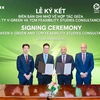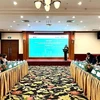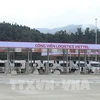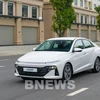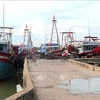HCM City (VNA) - Vietnam has many opportunities to export commodities, particularly in agricultural products and food, to Africa and the Middle East, heard a conference held by the Ministry of Industry and Trade in Ho Chi Minh City on December 19.
The conference aimed to give local exporters an overview of markets, trade policies, business etiquette and export opportunities in African and Middle East nations.
According to Vice Director of the Ministry’s Department of Asian-African Markets Ngo Khai Hoan, 70 countries in Africa and the Middle East have a total population of more than 1.6 billion, a huge market for Vietnamese exporters. Last year, trade between Vietnam and these nations stood at 23.3 billion USD, including 14.9 billion USD worth of exports from Vietnam.
Africa, a market of 1.3 billion people, has a strong demand for agricultural products, said Nguyen Thi Minh Phuong from the department, adding that African countries imported 35 billion USD of farm produce in 2016 and the figure is likely to hit 110 billion USD in 2025.
The high demand for such products has been attributed to the continent’s severe weather conditions weakening local agriculture. Therefore, most local needs for food, particularly rice, aquatic products, coffee, and pepper, are satisfied by imports, she noted.
Trade between Vietnam and the Middle East has also seen considerable rises in recent years. Two-way trade reached 10.9 billion USD in 2016, doubling that of 2011, stated Ly Quoc Thinh from the department. However, Vietnam’s 8.06 billion USD worth of exports to the Middle East last year only accounted for 1 percent of the region’s total foreign trade.
The Middle East nations have a growing demand for imported farm products, especially tropical fruits and aquatic products, alongside consumption goods, footwear and garments-textiles. The region’s imports of foods average 40 billion USD annually and are expected to total 70 billion USD to meet its needs, Thinh said.
Despite high demand for agricultural imports, the African and Middle East markets may pose many challenges to Vietnamese exporters due to cultural differences. They set strict requirements on Halal standards for food as well as in labels and quality control.
In addition, some West African nations have reported more and more trade frauds while the Middle East has suffered political unrest for years.-VNA
VNA

